Richard.Bailey
How to Secure Cloud Infrastructure
This is a copy of an article I wrote for Atlantic.Net – All Rights Reserved Demand for cloud computing has grown exponentially in 2020, the Covid-19 global pandemic has seen many businesses fast track their cloud migration strategy, and transition business-critical workloads to the cloud. Atlantic.Net has been providing managed...
Accessing Amazon Workspaces
Amazon Workspaces is essentially a jump box that sits inside AWS and has access to all your AWS resources. It can be a Linux or Windows Desktop. (Simply look for workspaces windows) Amazon has created a great video that shows you exactly what a Workspace does: https://www.youtube.com/watch?v=jsqI7KU3S8I&feature=youtu.be How do you...
Effortlessly Manage AWS Access: Secure AWS-Vault Guide
Managing access to Amazon Web Services (AWS) can feel like a complex task, especially when juggling multiple accounts or needing different permission levels. How do you ensure your sensitive credentials are secure while still allowing for flexible access? This is where AWS-Vault, an excellent open-source tool, comes into play. This...
MySQL Database Administration Essential Guide
Grab a coffee, sit back, and learn MySQL Database Administration with TurboGeek MySQL|MariaDB Database Administration and SQL Language Basics In this MySQL Tutorial article, I will introduce you to MySQL Database Administration tasks needed for MySQL. The purpose is to allow system administrators to perform some basic administration tasks before...
Migrate VMware workloads to Azure
Migrating Production workloads is a big task. One that requires planning and consideration. If you are taking on an Azure Migrate task as part of your business, be aware that this should be project managed with clear guidelines and goal objectives. Azure Migrate Planning and Assessment Azure migrate is the...
KQL – The Kusto Query Language
The Kusto Query Language, commonly known as KQL, is a powerful query language designed for interaction with Azure Data Explorer (ADX) service. This service stands out as a rapid and scalable platform for exploring and analyzing vast datasets. Microsoft initially crafted KQL for internal use, aiming to sift through enormous...
How to Configure Grafana SSL for a Secure HTTPS Connection (Step-by-Step)
Configuring SSL/TLS to enable HTTPS on your Grafana instance is a critical step to protect your data, credentials, and visualizations. This guide provides a clear, step-by-step process for generating a self-signed SSL certificate and configuring your self-hosted Grafana server on Linux to use it. Key Takeaways Why Should I Use...


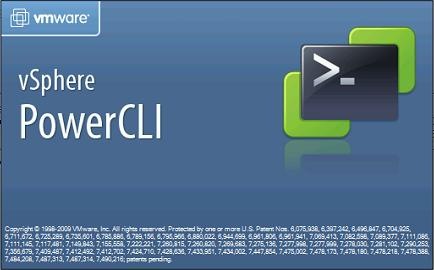
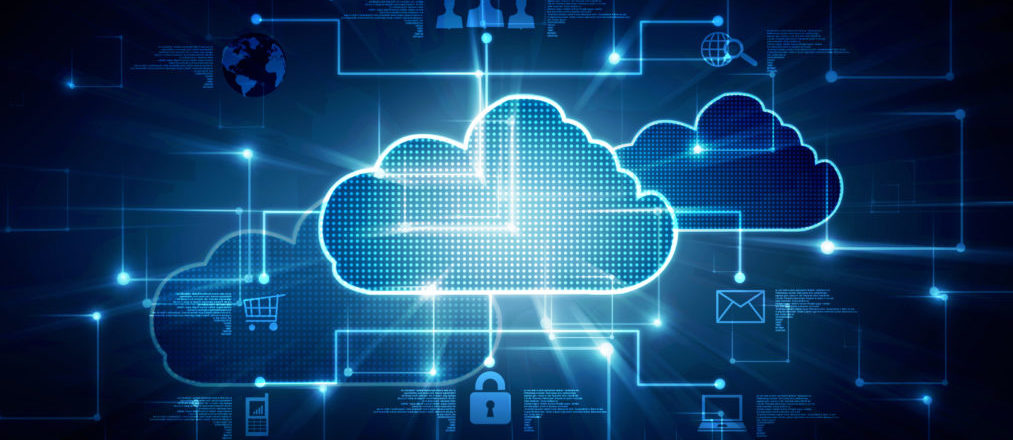
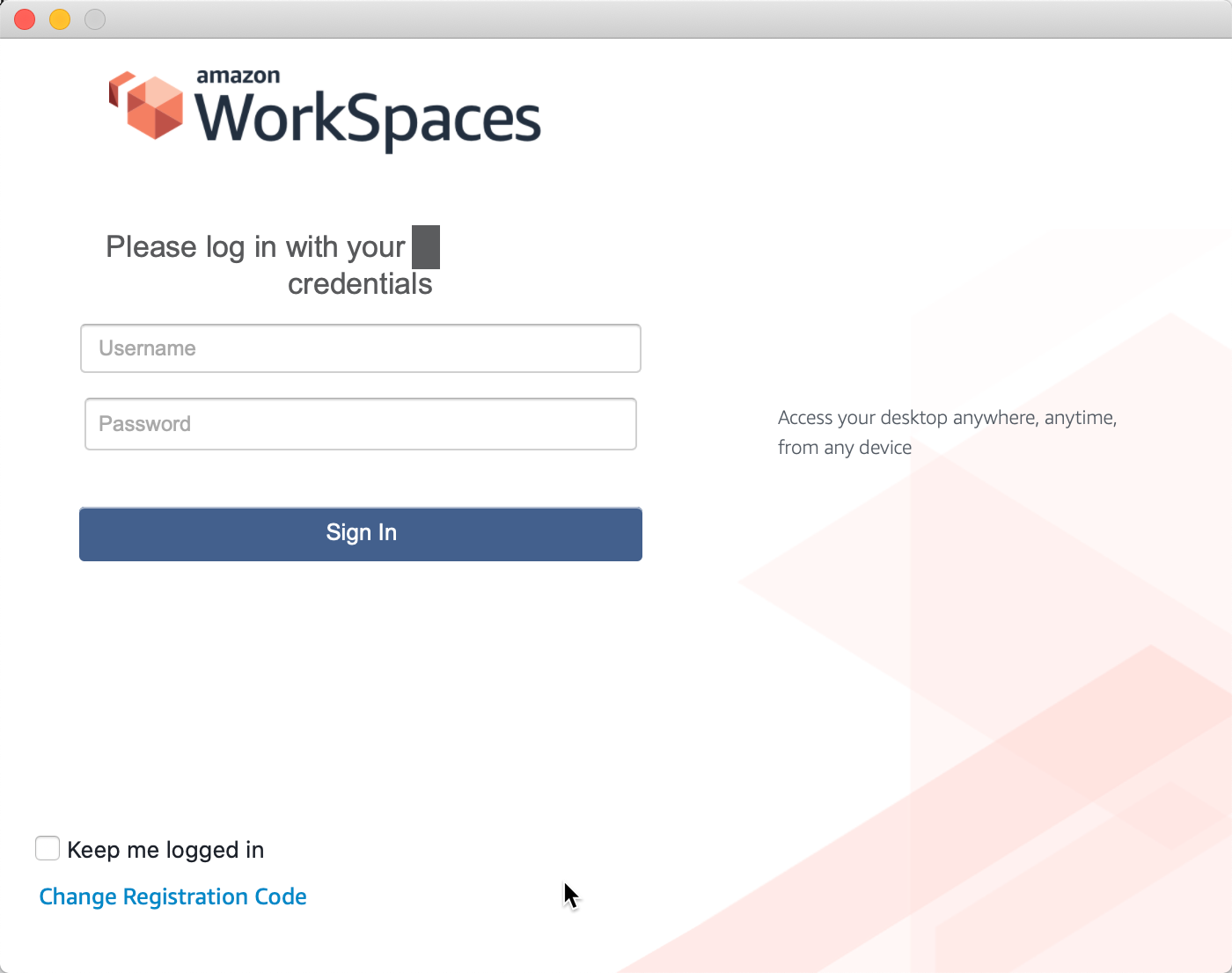

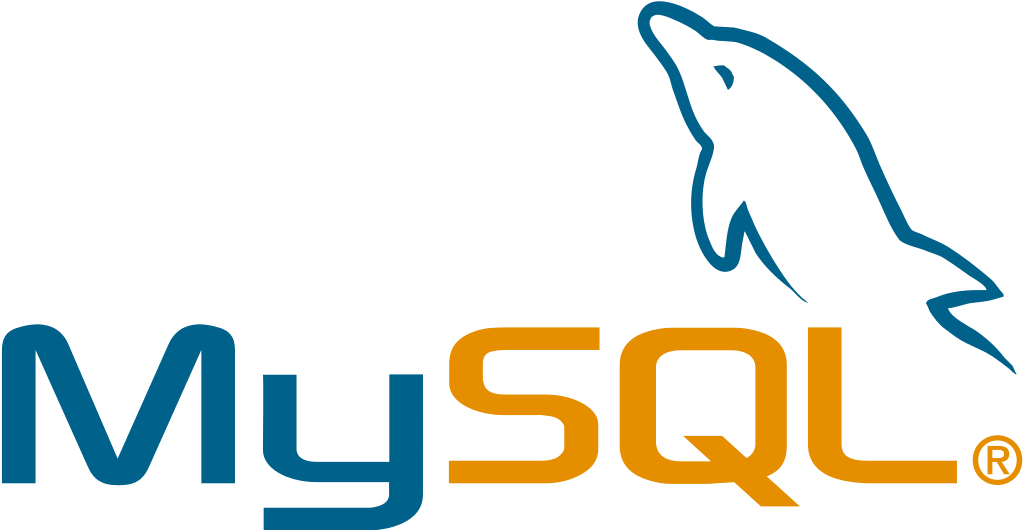

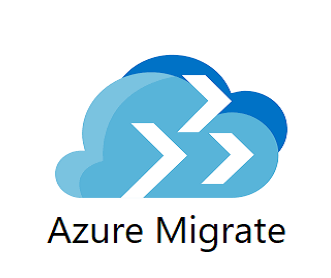
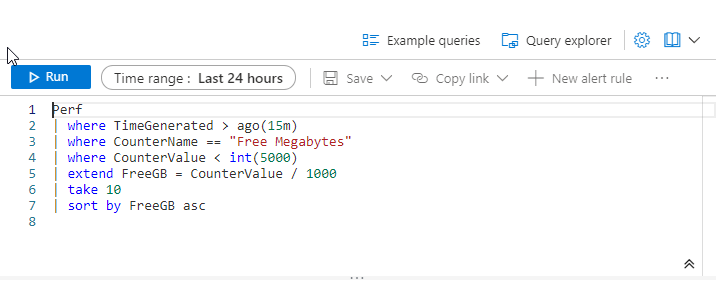

Recent Comments